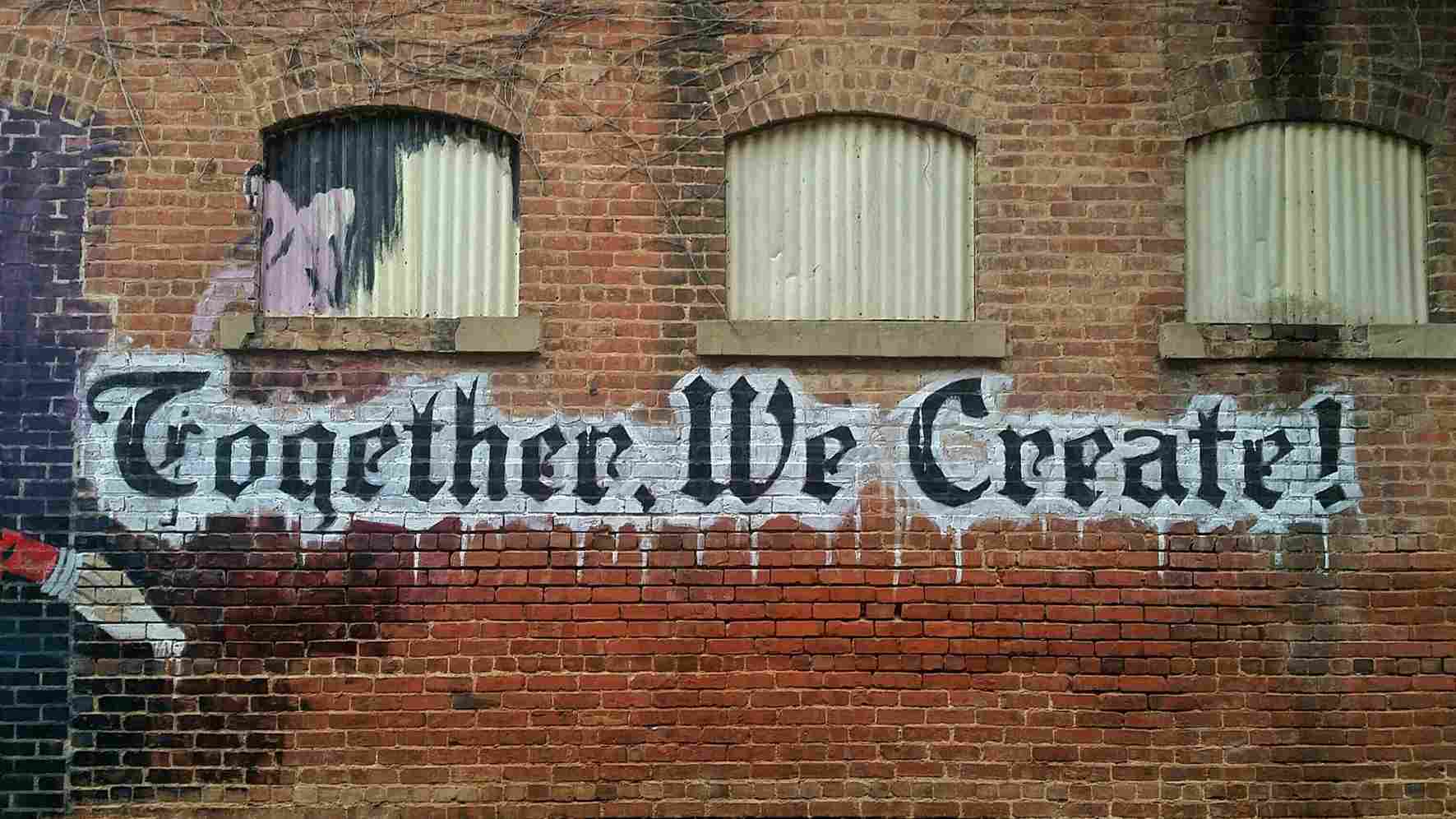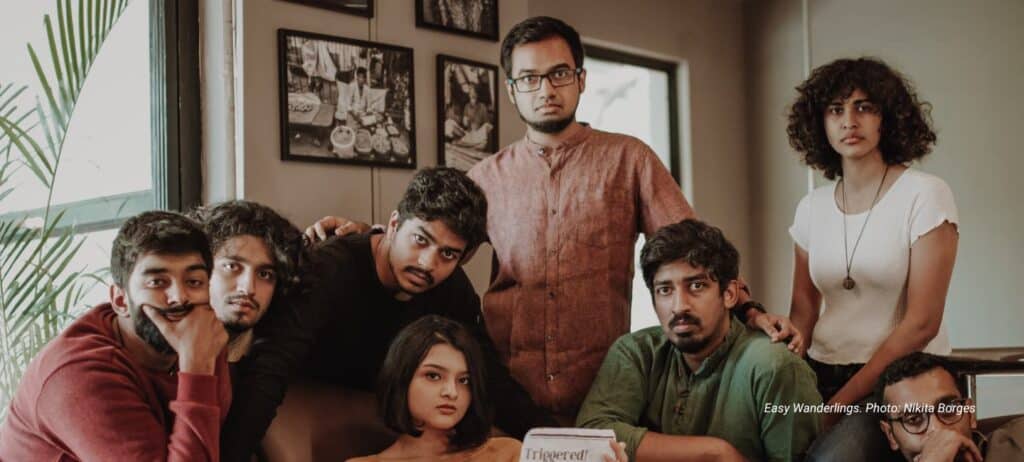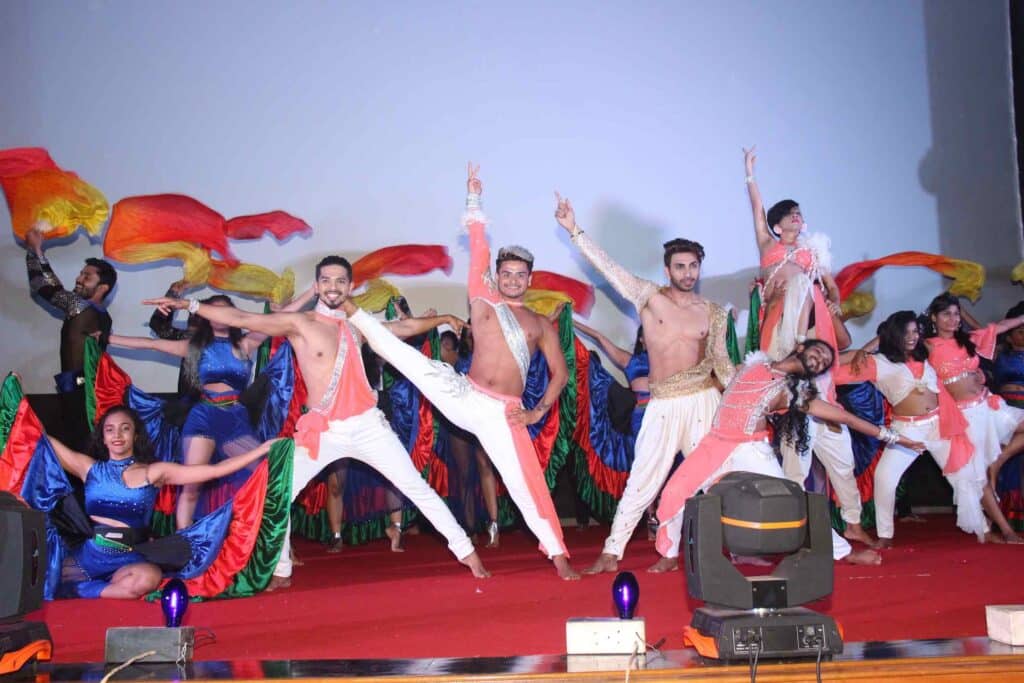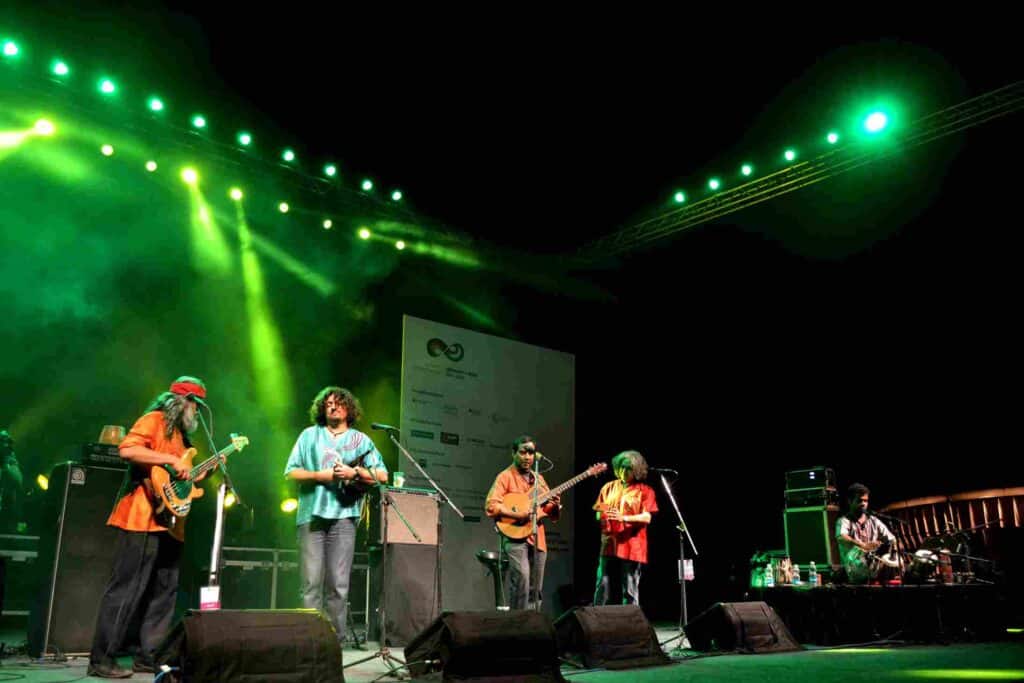The COVID-19 pandemic has generated sudden and severe impact on the art and culture sector. The uncertainty around the crisis has raised critical questions about the resilience and survival of the sector and its many players. While there are no official figures on the economic impact of the crisis on the arts sector, a survey of 170 companies by Events and Entertainment Management Association (EEMA) stated that the industry is expected to take INR 1 trillion hit in revenue with 52.91% of companies losing 90% of their business between March-July 2020 owing to COVID-19 related cancellations.
Taking a harder look at numbers, balance sheets and deployment of financial survival tactics has become imperative for artists, arts and events organisations and individual cultural professionals.
Culture Wire spoke to those in the business of art about certain best practices for financial health.
DHRUV SHETH, COO-OML | Financial wellness for organisations and cultural festivals
Although appointed COO of Only Much Louder (OML) in December 2019, Dhruv Sheth has been with this artist and event management company for eight years. Recently, speaking during the Financial Wellness webinar by Festival Connections – a web event organised by British Council India and the Art X Company – he offered five fundamental rules that are necessary to maintain financial health while organising festivals and events, applicable both in normal circumstances and in the midst of a crisis. These are:
- Always start planning a festival from the revenue side and plan for at least three successive editions
- Always hire a dedicated resource to monitor financials from the beginning
- Heed the best places to save costs [rentals, vendors]
- Heed the worst places to save costs [safety, security, hygiene]
- Plan in advance and build in agility into the plan, so you can adapt the festival depending on the resources available.
Culture Wire probed Sheth some more for tips on crisis management. Edited excerpts from the interview follow:
Urmi Chanda (UC): Soon after you took over your role as the COO of OML, the pandemic crisis hit. What were your first thoughts as the reality of the situation began to sink in?
Dhruv Sheth (DS): The first thoughts for all of us, was to secure the safety of our employees, patrons, artists and clients. The first lot of decisions we took was to secure everyone’s safety. After that, our focus was to reassure all our stakeholders that we were equipped to take on this challenge, both financially and strategically. Although information on the pandemic was in a constant flux, we never stopped or waited for any confirmations; we just went ahead with plans that made medium to long-term sense to us.
UC: Everyone’s saying that the future of events and festivals is digital – and given the situation, that seems like the only plausible alternative for the near future. But what do you really think? Can the virtual really ever replace the real?
DS: I think there will be space for both virtual and live. In all probability, the only time we will go back to normal live shows will be once the vaccine is distributed globally, so that is another 12-18 months away. This is a good enough time to build habits in captive consumers.
If done right, virtual events will create a whole new segment of shows and live shows will return post the vaccine. Both will co-exist and that will enable and exponentially grow the industry. When content consumption was moving to the Internet, everybody thought TV would die, but it didn’t. Yes, the consumption reduced, but right now, both co-exist.
UC: What are some of the radical changes events companies and artists must make, if all of 2020 were to be lived in the shadow of the pandemic?
DS: We need to radically change the way performances happen. We’ve not had to change the fundamental construct of a show ever. It’s always a performance ranging from 15-60 minutes of an artist performing before a physically live captive audience. We need to break this format and reassemble it to fit into the new normal.
The new normal consists of the following constraints:
- No physical space to perform along with the audience
- Since the audience will not be as captive as a live one, more effort needs to be put into the way the audience interacts with performances
- Artists will no longer be competing with live shows happening on the same day in their respective cities, but also with everything that is happening across the world in that time!
- Relevance of any artist/promoter is challenged in this period and radically unique things must be done to keep maintain the relevance of the artist
UC: What, according to you, what is the best Plan B for those who’ve had to/ might have to shut shop?
DS: A good plan B is always to PAUSE and not SHUT DOWN. All companies go through tough times and 90% of the time the constraint is financial. Some cuts and deferment of payments can help a lot of people get out of this. So please look at all possible pausing options before shutting down. It’s important to remember that everyone is going through the same or similar situations and so the whole industry at large will be on pause mode.
MASOOM PARMAR, Independent ‘artpreneur’ | Grant writing and fundraising
While Sheth’s survival tactics may help one stay afloat, it is also necessary to keep swimming forward. Tapping into existing resources is quintessential to getting through these times, and the skills of grant writing and fundraising are incumbent in a post-pandemic world. Two practitioners tell you how to remain financially healthy by getting these steps right.
Masoom Parmar is an independent ‘artpreneur’, who brings to the table over a decade of being an artist and curator. Drawing from her experiences, she recently conducted a virtual grant-writing workshop. As with her participants, she shared some tips with Culture Wire’s readers on what to keep in mind while writing an application. These include:
1. Get to the point quickly: Set out the primary point of a proposal section in the first paragraph. Help the reader understand why you are making the supporting points. Don’t make the programme officer read through pages and pages before you get to your request. Tell the reader what you want up front.
2. Support letters: When applying for a collaborative project, it’s a big mistake to treat support letters as an afterthought. Whether your project is a formal collaboration or simply provides complimentary services, support letters are an important part of any proposal. One must plan from the beginning to ensure that the letters are ready to attach to your proposal on submission day.
3. Write with conviction: Always, always use an active voice (and preferably refer to yourself in first person). It shows that you believe in yourself and the work you are doing.
SHREYA NAGARAJAN SINGH, Founder, SNS Arts Development Consultancy | Maintaining work and revenue streams
Shreya Nagarajan Singh has been recently offering free digital workshops on fundraising on Facebook. She shared the following things to keep in mind while trying to keep the money flowing to maintain one’s art practice:
1. Adopt the new: Artists seeking to identify new revenue streams must seriously consider exploring platforms like Patreon. Also Paytm or Venmo can be useful to create tipping jars.
2. Don’t slacken the pace: It is important to keep working towards establishing one’s own brand to cultivate audiences even and especially now. Artists don’t want to not have people attention or know where to go next when the situation changes.
3. Stay connected: Fundraisers and non-profits must continue to engage with their donors. They must build upon and strengthen relationships with all stakeholders to make sure everyone is aligned with their mission.
In addition to taking care of the financial health of our individual practices and organisations, it is important to apply these wisdoms collectively. A key shift in focus needs to be of the perception that art and finance lie on the opposite ends of the spectrum. Looking at finance as an input and a tool for achieving one’s artistic goals as opposed to an end in itself, will be needed.
Secondly, it is critical to articulate the value of arts in these times now more than ever. Music, painting, dance, books is much of what the populace is indulging in to stay sane amidst lockdown. Advocating for the future of our sector begins with advocating the value of our work.
Lastly, the importance of community needs to be foregrounded in these times. No artist is an island, and the need for community support is more evident now than ever. While planning to engage with your community, it’s critical to stay in contact with and consider the needs of your teams, clients, stakeholders, and other with whom you navigate through these times.
This article was first published in Culture Wire on 14 May 2020.




Share on